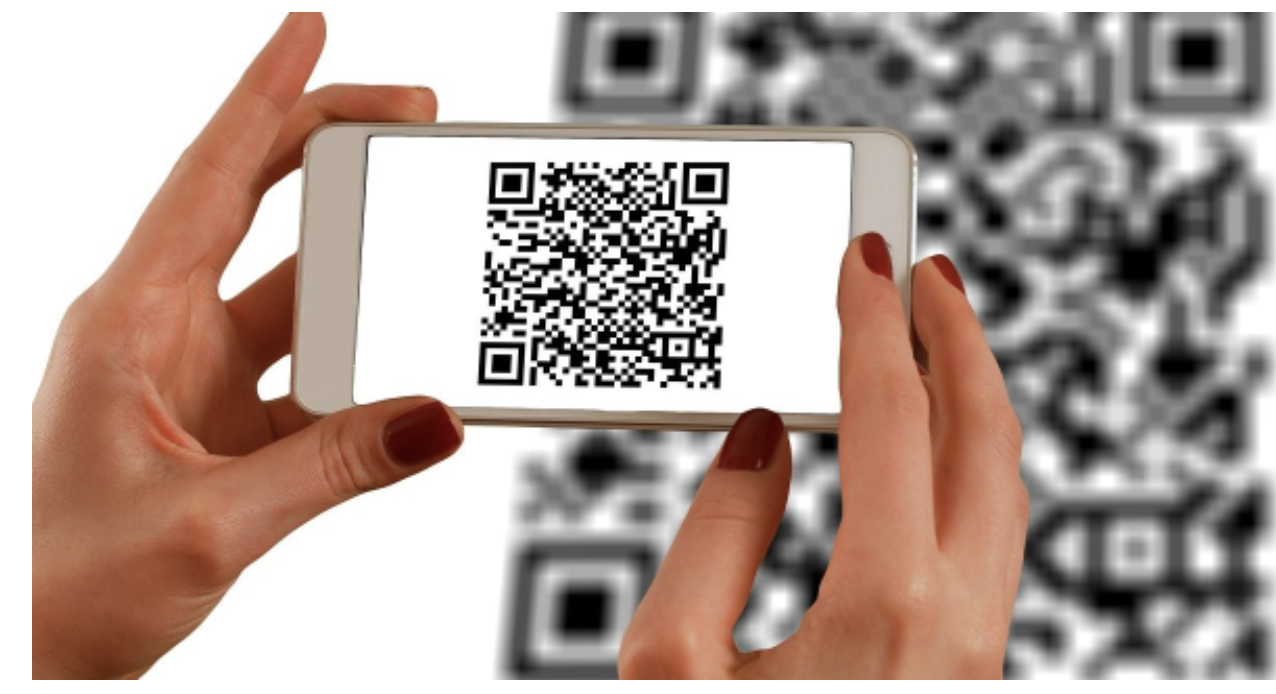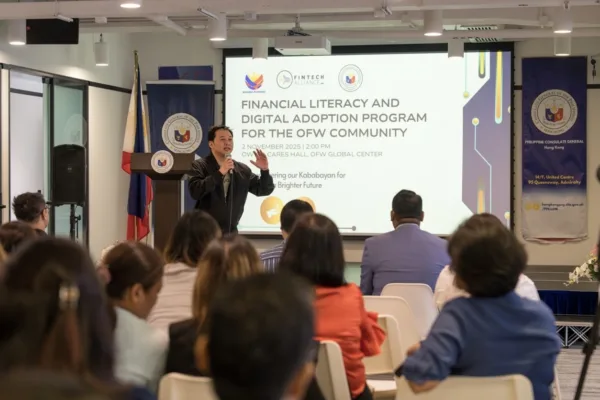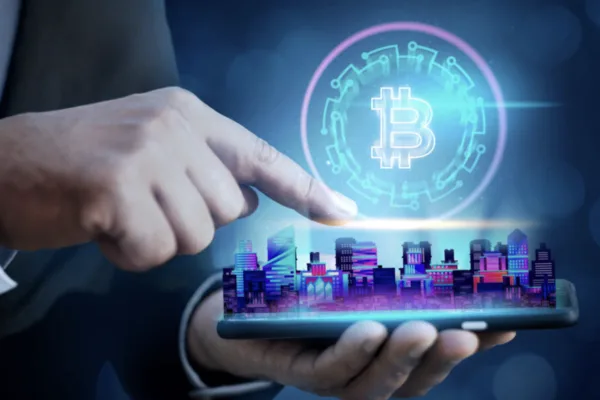by Leira Mananzan, Reporter
Across the Philippines, an unmistakable digital shift is underway. From bustling malls to the smallest sari-sari stores, QR code payments are weaving themselves into the fabric of everyday life.
This surge supports the nation’s cashless future, driving greater convenience, efficiency, and financial inclusion for both consumers and merchants.
From major retailers to sari-sari stores: QR codes becoming ubiquitous

The adoption of QR code payments mirrors the dramatic rise in e-wallet usage across Southeast Asia. In the Philippines, a remarkable 87% of the population now utilizes e-wallet services—second only to Indonesia in regional adoption.
Whether shopping in supermarkets, paying for public transport, or grabbing snacks from street vendors, Filipinos increasingly opt for the tap-and-go experience provided by QR codes.
A major catalyst for this adoption is QR Ph, the standardized QR payment system mandated by the Bangko Sentral ng Pilipinas (BSP). With broad support from leading platforms like GCash and Maya, QR Ph ensures seamless interoperability among different e-wallet solutions, allowing both consumers and businesses flexibility with their payment choices.
Changing consumer behaviors: The allure of convenience, trust, and rewards
The Filipino public has quickly embraced QR code payments for several reasons:
- Instant transactions: Payments are completed in seconds, eliminating the need for coins, bills, or waiting for change.
- In-app incentives: E-wallet providers entice users with cashback, discounts, and loyalty rewards, deepening customer engagement.
- Enhanced security: Features like biometric authentication, OTPs, and transparent transaction records foster trust, making many feel more secure than when carrying cash.
These factors together are fueling a distinct shift in consumer spending habits, where digital payments are now the default for millions.
Merchant transformation: Efficiency and new opportunities

For businesses—especially micro and small enterprises such as sari-sari stores — the transition to QR payments brings significant advantages:
- No need for expensive hardware: Merchants only need a printed QR code or a smartphone to accept payments.
- Streamlined cash flow: Funds are sent directly to their e-wallet or bank accounts, aiding financial management.
- Data-driven insights: Some platforms offer instant sales summaries and analytics, assisting with inventory, revenue tracking, and even loan applications.
Larger retailers are also investing in QR Ph integration, installing dedicated digital kiosks and QR lanes to cater to a growing base of digital-savvy customers.
How e-wallet providers are driving growth

E-wallet giants like GCash and Maya are expanding aggressively to increase both user and merchant adoption.
GCash, which recently surpassed 81 million users, is leading the market with features that go beyond basic payments. Its platform includes GCredit, GLoan, and investment tools, all integrated into the same app. GCash continues to grow its network of partner merchants across both formal and informal sectors, aiming to digitize even the most traditional businesses.
Maya, meanwhile, has strengthened its position by combining e-wallet services with banking functions through Maya Bank. The company has been proactive in enabling QR payments for public transportation, including collaborations with LRT-1. Its digital banking features, along with tools for MSMEs, are helping drive the financial ecosystem forward.
Both providers are investing in merchant education programs that offer onboarding, app tutorials, and promotional support. These efforts not only help merchants adopt QR payments but also encourage them to use more advanced digital tools like inventory tracking and accounting within the apps.
A step toward financial inclusion

The rapid expansion of QR code payments plays a major role in the Philippines’ goal to achieve greater financial inclusion. Many sari-sari store owners and informal workers, previously excluded from traditional banking, can now participate in the digital economy using only a mobile phone.
Because QR Ph ensures interoperability, users don’t need to choose the same wallet as the merchant. This has significantly lowered the barrier to entry for both sides. For consumers in far-flung areas, minimal KYC (Know Your Customer) requirements allow them to create e-wallet accounts using basic IDs or mobile verification.
This inclusive infrastructure supports BSP’s Digital Payments Transformation Roadmap, which aims to convert at least 50% of retail payments into digital transactions and onboard 70% of Filipino adults into the financial system.
Facing the challenges and looking ahead
Adoption is not without obstacles. Limited internet access in rural areas, digital literacy gaps (particularly among the elderly), and ongoing concerns around security and fraud persist. E-wallet providers respond by rolling out user education initiatives and enhancing in-app fraud prevention, while public-private partnerships seek to bolster infrastructure and trust.
Regionally, the Philippines is also pushing beyond borders through the ASEAN QR Code Payment Linkage. This initiative lets Filipinos use their local e-wallets in partner ASEAN countries, and vice versa — a key step toward seamless regional commerce.
A cashless future now looks clearer
The Philippine digital payments landscape is evolving fast. The growing use of QR code payments shows a behavioral and economic shift — one where convenience meets inclusivity, and technology meets tradition. What began as a tech-driven trend in urban areas is now a nationwide movement, supported by consumer trust, merchant readiness, and institutional alignment.
As more Filipinos tap to pay, the country takes another step toward a more efficient, inclusive, and connected financial system, one QR code at a time.








